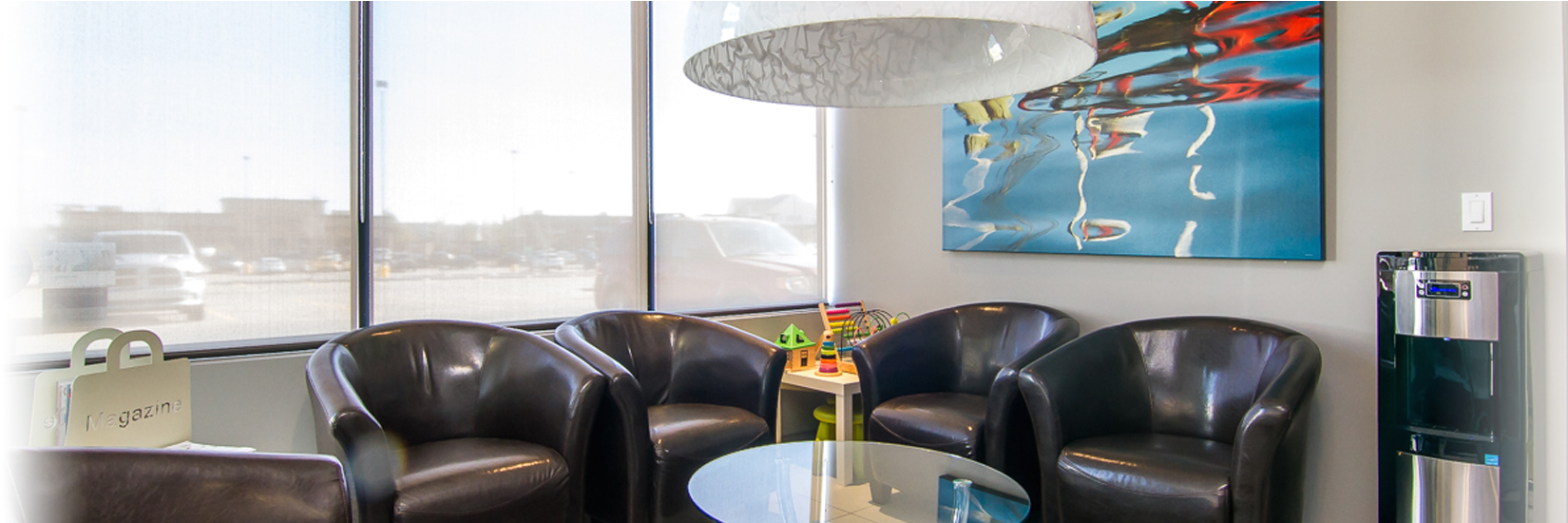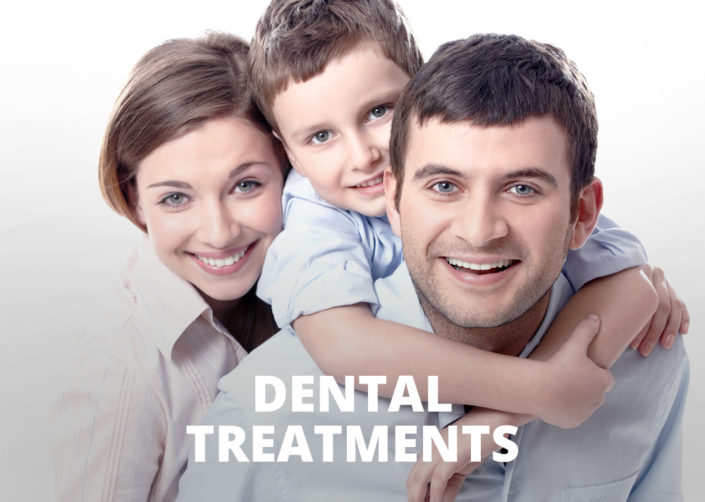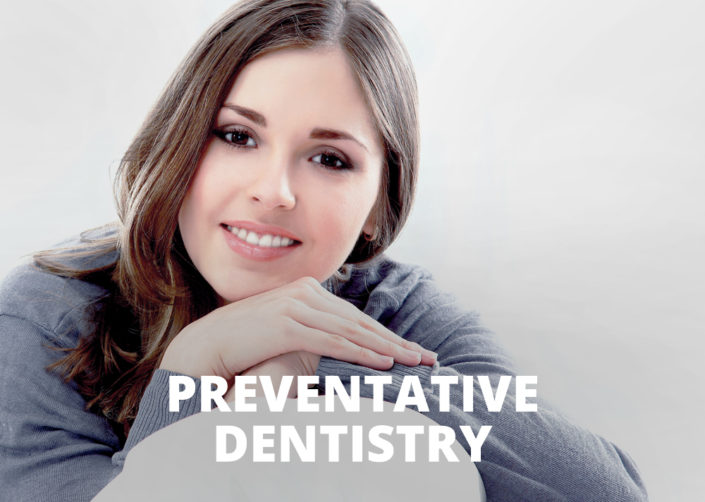Gum Issues
GUM DISEASE ( PERIODONTAL DISEASE)
WHAT IS GUM DISEASE?
The word periodontal means “around the tooth”. Periodontal disease attacks the gums and the bone that support the teeth. Plaque is a sticky film of food debris, bacteria, and saliva. If plaque is not removed, it turns into tartar. When plaque and tartar are not removed, they begin to destroy the gums and bone. Periodontal disease is characterized by red, swollen, and bleeding gums.
4 out of 5 people have periodontal disease and don’t even know it! Most people are not aware of it because the disease is usually painless in the early stages.
Not only is it the number one reason for tooth loss, research suggests that there may be a link between periodontal disease and other diseases such as, stroke, bacterial pneumonia, diabetes, cardiovascular disease, and increased risk during pregnancy. Researchers are determining if inflammation and bacteria associated with periodontal disease affects these systemic diseases and conditions. Smoking also increases the risk of periodontal disease.
Good oral hygiene, a balanced diet, and regular dental visits can help reduce your risk of developing periodontal disease.
SIGNS AND SYMPTOMS OF GUM/PERIODONTAL DISEASE
- Bleeding gums
- Gums should never bleed, even when you brush vigorously or use dental floss.
- Loose teeth
- Also caused by bone loss or weakened periodontal fibers (fibers that support the tooth to the bone)
- New spacing between teeth
- Caused by bone loss
- Persistent bad breath
- Caused by bacteria in the mouth
- Pus around the teeth and gums
- A sign of infection
- Receding gums
- Loss of gum around a tooth
- Red and puffy gums
- Gums should never be red or swollen
- Tenderness or Discomfort
- Plaque, calculus, and bacteria irritate the gums and teeth
TREATMENT
Periodontal treatment methods depend upon the type and severity of the disease. Your dentist and dental hygienist will evaluate for periodontal disease and recommend the appropriate treatment. If the disease is caught in the early stages of gingivitis, and no damage has been done, one to two regular cleanings will be recommended. If the disease has progressed to more advanced stages, a special periodontal cleaning called scaling and root planing (deep cleaning) will be recommended. It is usually done one quadrant of the mouth at a time while the area is numb. In this procedure, tartar, plaque, and toxins are removed from above and below the gum line (scaling) and rough spots on root surfaces are made smooth (planing). This procedure helps gum tissue to heal and pockets to shrink. Medications, medicated mouth rinses, and an electric tooth brush may be recommended to help control infection and healing.
If the pockets do not heal after scaling and root planing, periodontal surgery may be needed to reduce pocket depths, making teeth easier to clean. Your dentist may also recommend that you see a periodontist (specialist of the gums and supporting bone).
BLEEDING GUMS
Bleeding gums can be a sign that you are at risk for, or already have, Gum Disease (Gingivitis).
LOOSE TEETH
If your teeth become loose, it may be the result of gum/periodontal disease affecting the anchorage of your teeth, which includes the bone, ligament and gum.
ABSCESS OR PUS FROM GUMS
A dental abscess is a collection of pus which can cause toothache and other symptoms. The usual cause of an abscess is an infection with bacteria. Without treatment, the condition is likely to become worse, and you may lose the affected tooth. Complications are uncommon, but can be serious .
PERIODONTAL (gum) ABSCESS
This type of abscess starts in the supporting structures of the teeth, such as the periodontium which is between the tooth and the gum. It most commonly develops as a complication of gum disease (periodontal disease), which is infection or inflammation of the tissues that surround the teeth. Gum disease often causes the gum to become slightly detached from the tooth. This causes pockets to form which may get filled with bacteria and progress to form an abscess. A periodontal abscess may also develop as a complication of injury to the gums or periodontium. A periodontal abscess is sometimes called a gum boil as the abscess causes a swelling to develop next to a tooth.
TREATMENT
BAD BREATH
Bad breath, or halitosis, can result from poor dental health habits and may be a sign of other health problems. Bad breath can also be made worse by the types of foods you eat and other unhealthy lifestyle habits.
HOW DOES WHAT YOU EAT EFFECT YOUR BREATH?
Basically, all the food eaten begins to be broken down in your mouth. As foods are digested and absorbed into the bloodstream, they are eventually carried to your lungs and given off in your breath. If you eat foods with strong odors (such as garlic or onions), brushing and flossing — even mouthwash– merely covers up the odor temporarily. The odor will not go away completely until the foods have passed through your body.
WHY DO unhealthy lifestyle HABITS CAUSE BAD BREATH?
If you don’t brush and floss teeth daily, food particles can remain in your mouth, promoting bacterial growth between teeth, around the gums, and on the tongue. This causes bad breath. Antibacterial mouth rinses also can help reduce bacteria. In addition, odor-causing bacteria and food particles can cause bad breath if dentures are not properly cleaned.
Smoking or chewing tobacco-based products also can cause bad breath, stain teeth, reduce your ability to taste foods, and irritate your gums.
WHAT HEALTH PROBLEMS ARE ASSOCIATED WITH BAD BREATH?
Persistent bad breath or a bad taste in the mouth may be a warning sign of gum (periodontal) disease. Gum disease is caused by the buildup of plaque on teeth. Bacteria cause the formation of toxins to form, which irritate the gums. If gum disease continues untreated, it can damage the gums and jawbone.
Other dental causes of bad breath include poorly fitting dental appliances, yeast infections of the mouth, and dental cavities.
The medical condition dry mouth (also called xerostomia) also can cause bad breath. Saliva is necessary to moisten the mouth, neutralize acids produced by plaque, and wash away dead cells that accumulate on the tongue, gums, and cheeks. If not removed, these cells decompose and can cause bad breath. Dry mouth may be a side effect of various medications, salivary gland problems, or continuous breathing through the mouth.
Many other diseases and illnesses may cause bad breath. Here are some to be aware of: respiratory tract infections such as pneumonia or bronchitis, chronic sinus infections, postnasal drip, diabetes, chronic acid reflux, and liver or kidney problems.
TREATMENT
TEETH POLISHING
Remove stain and plaque that is not otherwise removed during tooth brushing and scaling. Good oral hygiene practices and periodontal cleanings are essential in maintaining dental health and keeping periodontal disease under control.
TEETH DRIFTING OUT OF POSITION
Teeth drifting can be related to gum disease or an existing space around the teeth. Proper cleanings and bridges can help prevent drifting of the teeth out of position.











